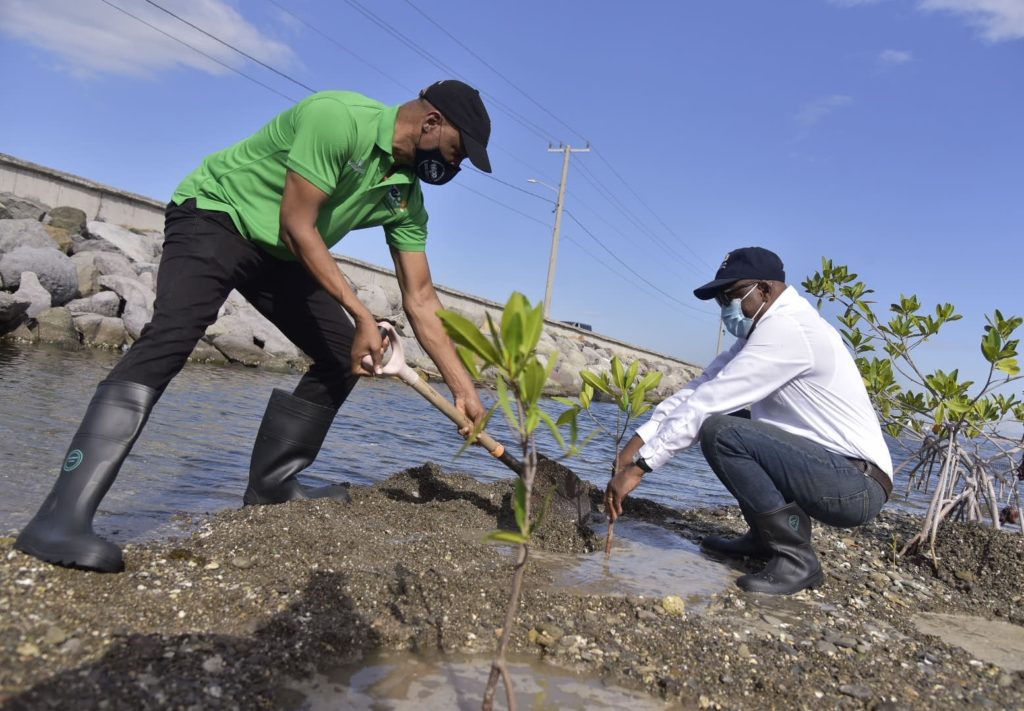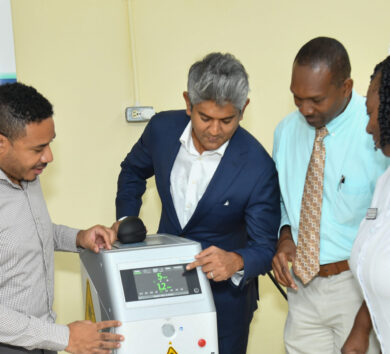

The Jamaica Environment Trust (JET) is extremely concerned about the continued destruction of Jamaica’s mangrove forests.
JET has recently received reports alleging the removal of mangroves within the Palisadoes Port Royal Protected Area by the National Water Commission (NWC), in the absence of the required environmental permit. The environmental watchdog said its offices have also received reports of further removal of mangroves to facilitate the expansion of the town of Falmouth, reported in the Jamaica Gleaner (September 1, 2021).
Mangrove forests are one of the most productive and biologically diverse ecosystems on the planet and their conservation is a key natural adaptation strategy and mitigation measure in response to climate change, providing protection against storms.
The Jamaican government has recognized the island’s vulnerability to climate change as a Small Island Developing State (SIDS) and has stressed the importance of adaptation.
In fact, Jamaica’s 2020 Nationally Determined Contributions (NDCs) in support of the Paris Agreement signed by 196 countries in 2015 stresses the importance of preserving and enhancing the forestry sector.
The threat posed by the depletion of Jamaica’s mangrove forests has long been recognized. The Forestry’s Land Use Assessment for the period 1998 and 2013, found that mangroves and swamps had depleted by some 98 per cent in Jamaica.
“We understand that the Forestry Department plans to restore several of the island’s mangrove ecosystems and intends to prepare a plan to manage these forests,” said Dr Theresa Rodriguez- Moodie, JET’s CEO. “This is moving far too slowly, however, and may not be completed until next year. While this is still being prepared mangroves continue to be destroyed.”
JET is aware that the National Environment and Planning Agency (NEPA) requires replanting and restoration of mangroves if permit permission is given for their removal.
The agency typically requires monitoring of the mangroves to ensure they have properly re-established for only five years, whereas studies generally show mangroves tend to be re-established over a much longer time frame, anywhere between 12-25 years.

While destruction continues in some areas, a major mangrove restoration project is underway in Southern Clarendon where US$2.45 million grant was provided by the UK Blue Carbon, and JET is aware of other mangrove restoration projects in the planning stages.
“It is counterproductive that we are still allowing large areas of mangroves to be removed while at the same time planning to replant hectares of mangroves,” said Dr Rodriquez-Moodie. “Even if replanting efforts are successful, it will be decades before ecosystem functions are restored.”
JET would like to see the preparation of the Mangrove Management Plan sped up by the Forestry Department and for NEPA to stop granting permits for the removal of existing mangrove forests and focus on their protection and replanting in areas where they would be most beneficial.







Comments